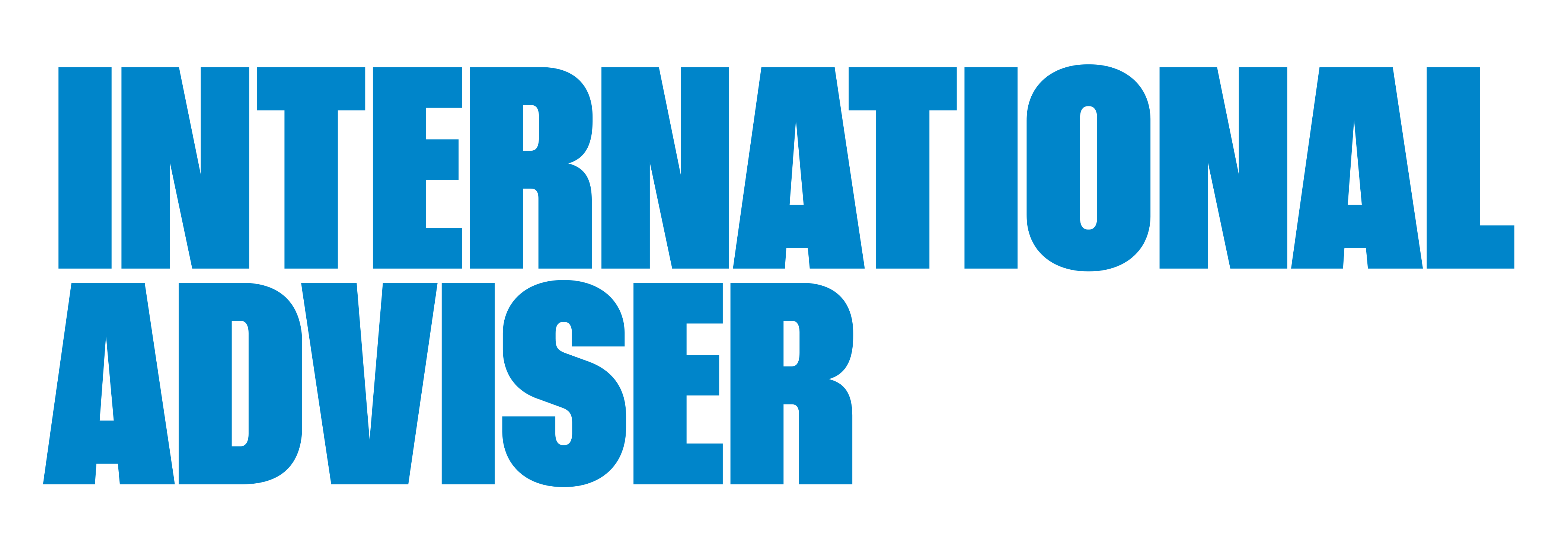At a headline level, Prudential-owned M&G Investments was the worst performer of the three in asset gathering terms, its £7bn ($9.0bn, €8.1bn) of net outflows significantly poorer than the £1.7bn in net inflows reported by Standard Life Investments and the £9.9bn in net inflows by Legal and General Investment Management.
But, if one delves into the numbers the picture becomes a little more complex.
Tough 2016
First, it is important to note that M&G and SLI are not the only asset managers to have experienced outflows in the first half of the year.
In general, the first half of 2016 has been pretty tough. Not only have there been wild swings in asset markets, but it is also the first time in more than thirty years that the industry has suffered two consecutive quarters of net redemptions.
According to the latest Pridham Report on quarterly fund flows, while flows were negative at a net level, eight of the top 10 fund groups reported higher new business flows in Q2, despite overarching concerns around Brexit impacting sentiment toward the UK.
This, argues Helen Pridham, editor of the report, shows that demand for funds continues but, when coupled with high redemptions “also indicates a significant amount of switching”.
It is here that performance becomes important.
As our sister publication Portfolio Adviser has pointed out earlier, within some of M&G’s funds, underperformance is becoming chronic, while in others (such as M&G Optimal Income) prior success and resultant size has given way to underperformance and significant redemptions that have been exacerbated by the sheer level of outperformance seen within its primary asset class, sovereign bonds.
While SLI has had a better time of things from an asset gathering perspective, similar performance concerns loom over its flagship franchise, GARS. It has for many years been an asset gathering machine, but recent bouts of underperformance and worries about the opacity of its process have seen money flowing out, resulting in what RBC Capital Markets said is most likely the strategy’s first quarterly net outflow since it reached a meaningful size
This is particularly concerning for SLI because of the size of the Global Absolute Return Strategy. It currently accounts for 30% of earnings and all of the inflows in the group, RBC said, adding: “The May 2016 capital markets day highlighted the growing diversity within Standard Life’s business. While this bodes well for the future it is not yet showing in the net inflows.”
SLI is not unique in its attempts to broaden out its fund range in an effort to bolster performance, but the performance of GARS has added fuel to that particular fire, especially as it becomes ever easier for investors to switch out of funds and as performance is monitored more and more closely.
At the other end of the spectrum, sits LGIM. The firm saw significant inflows into its index products, but saw almost equally significant outflows, resulting in a net inflows of £1.2bn. Active equity funds saw net outflows of £100m. The bulk of the inflows (£6.7bn) came from the firm’s solutions business, which includes liability driven investment and multi-asset products. This underlines another theme increasingly prevalent within the wealth management space, the focus on outcome-driven investment.
While it is difficult to extrapolate too long a line from only three points, it is clear that in the current environment where yield is hard to come by and uncertainty is rife, underperformance is being punished. And, for a sector increasingly focused on growing its fee income, such punishment could lead to some serious soul-searching.








